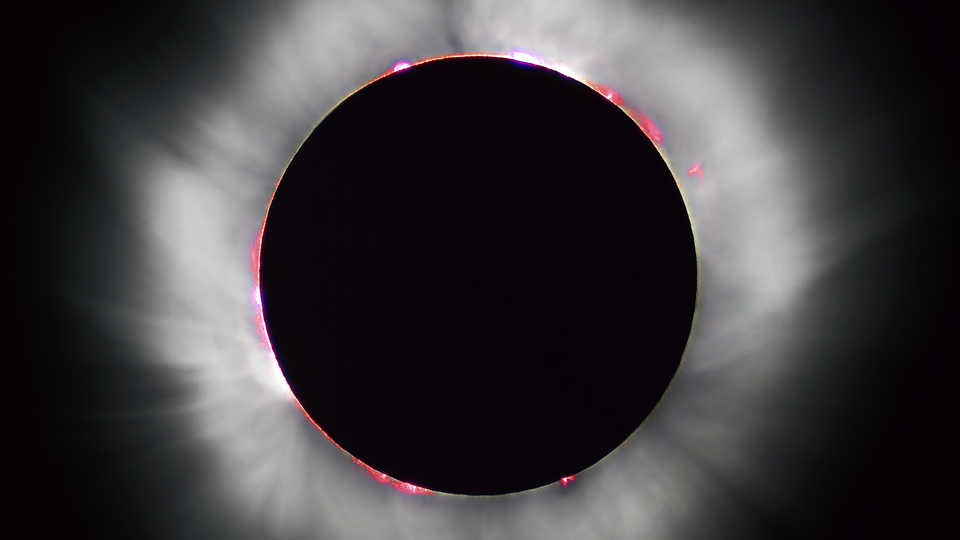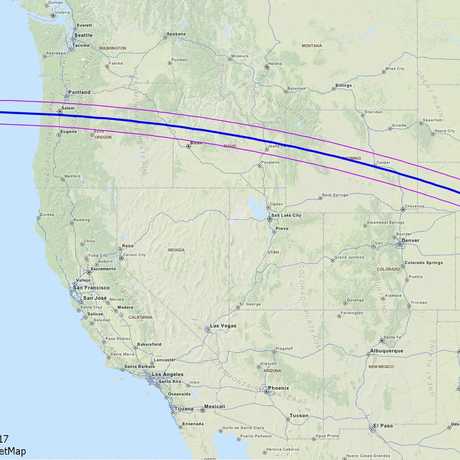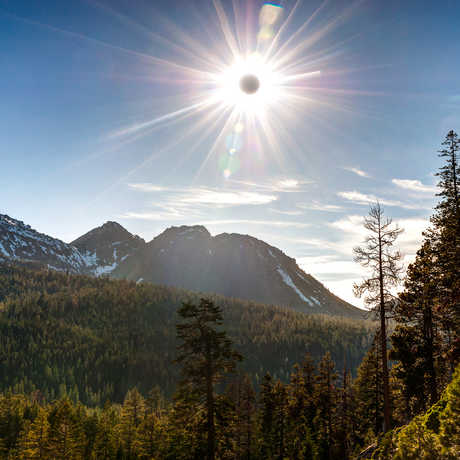The work we do utilizes iNaturalist to make biodiversity observations while building community around nature. It's a community-powered website and app that makes it easy to upload and share your observations in the field and to get help from other users with flora and fauna IDs.
The next solar eclipse is crossing the U.S. on August 21, 2017. Watch this video for important tips on how to observe it safely.




